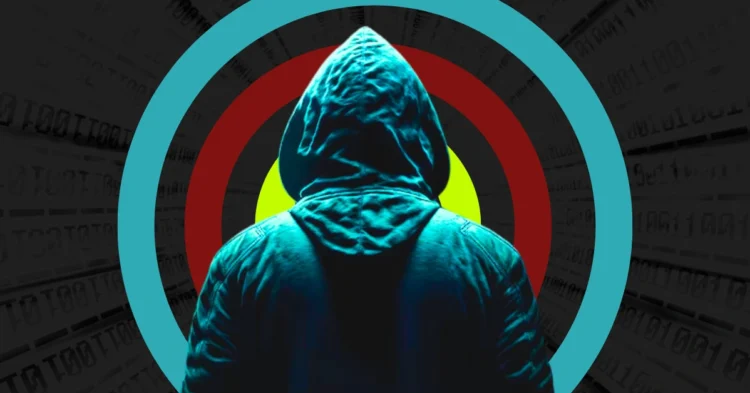The infamous Lazarus APT group, with its notorious subgroup BlueNoroff, has been relentlessly targeting the financial sector, particularly focusing on cryptocurrencies. This cyber faction, linked to North Korea, is infamous for executing high-profile attacks on businesses and organizations worldwide. They leverage sophisticated malware and exploit vulnerabilities to achieve their objectives. Among the numerous tools they’ve utilized, Manuscrypt, Cutwail, and Turk stand out, facilitating over 50 successful campaigns since 2013.
Recent Attack Campaign: An Analysis of the Detankzone Exploit
In May 2024, cybersecurity experts from Kaspersky identified a significant threat involving Manuscrypt within a Russian system, originating from the seemingly legitimate site detankzone[.]com. This website, masquerading as a decentralized finance (DeFi) NFT game, concealed a zero-day vulnerability in Chrome. The exploit targeted a flaw in the V8 JavaScript engine, enabling attackers to gain full control over a victim’s computer upon visiting the site. Following Kaspersky’s report, Google swiftly addressed the critical bug and dismantled all associated fraudulent web pages.
Social Engineering Tactics: Social Media Identity Cloning
In addition to their technical prowess, Lazarus employs cunning social engineering tactics. They created fake profiles on LinkedIn and X (formerly Twitter) to promote a deceptive game named “DeTankZone.” By exploiting the source code of the legitimate game DeFiTankLand, they released an authentic-looking game demo, tricking users into downloading malware. This dual approach underscores Lazarus’ adaptability, seamlessly merging technical and social strategies to breach cryptocurrency defenses.
A New & Evolving Danger to Crypto Investors
The continuous evolution of Lazarus’ tactics highlights the persistent threat they pose to cryptocurrency investors. Their ability to bypass advanced security measures using zero-day vulnerabilities, combined with social engineering, is alarming. This campaign underscores the necessity for constant vigilance, timely updates, and cautious behavior among clients involved in cryptocurrency investments. As threat actors incessantly refine their attack methods, remaining proactive and informed is crucial to safeguarding digital assets.











